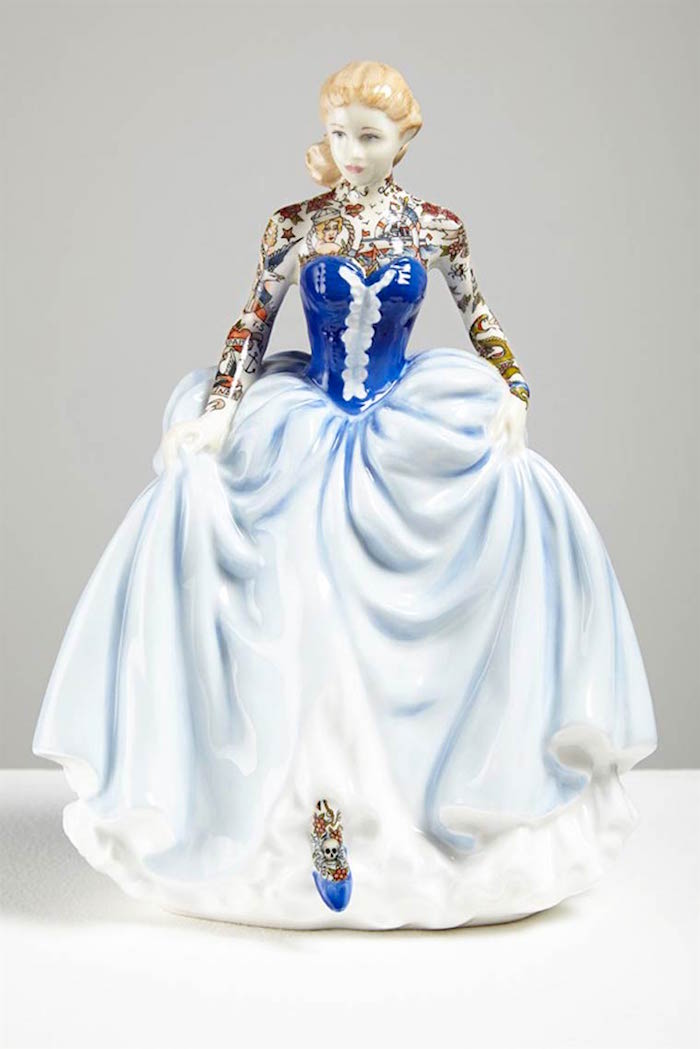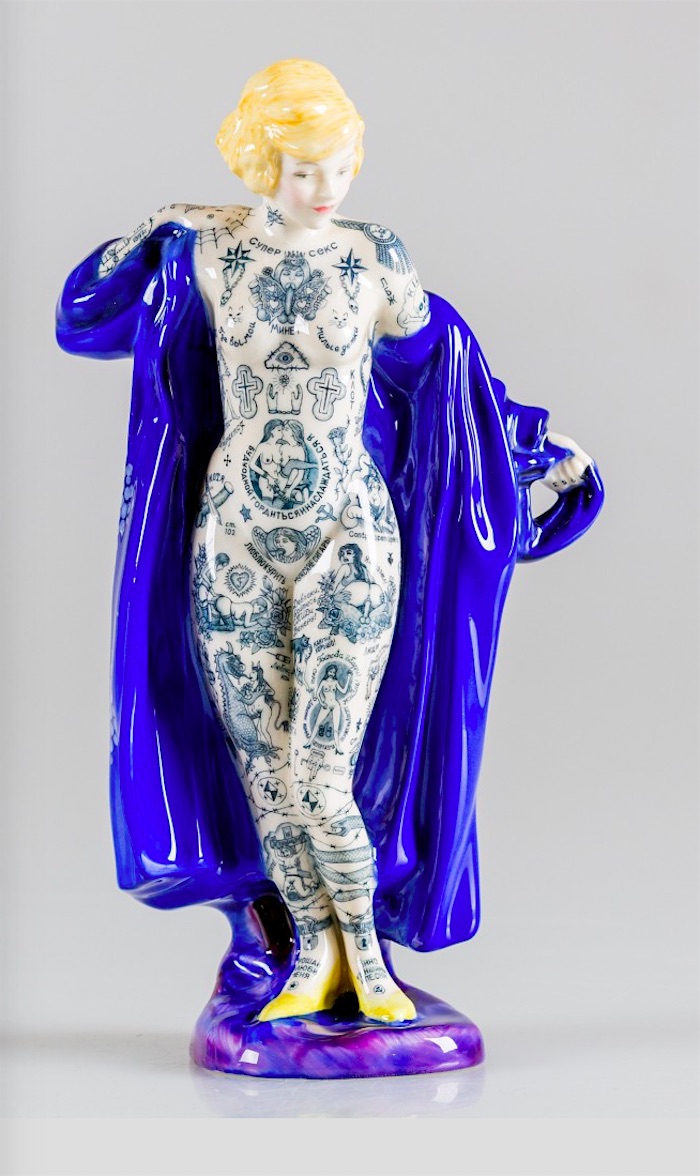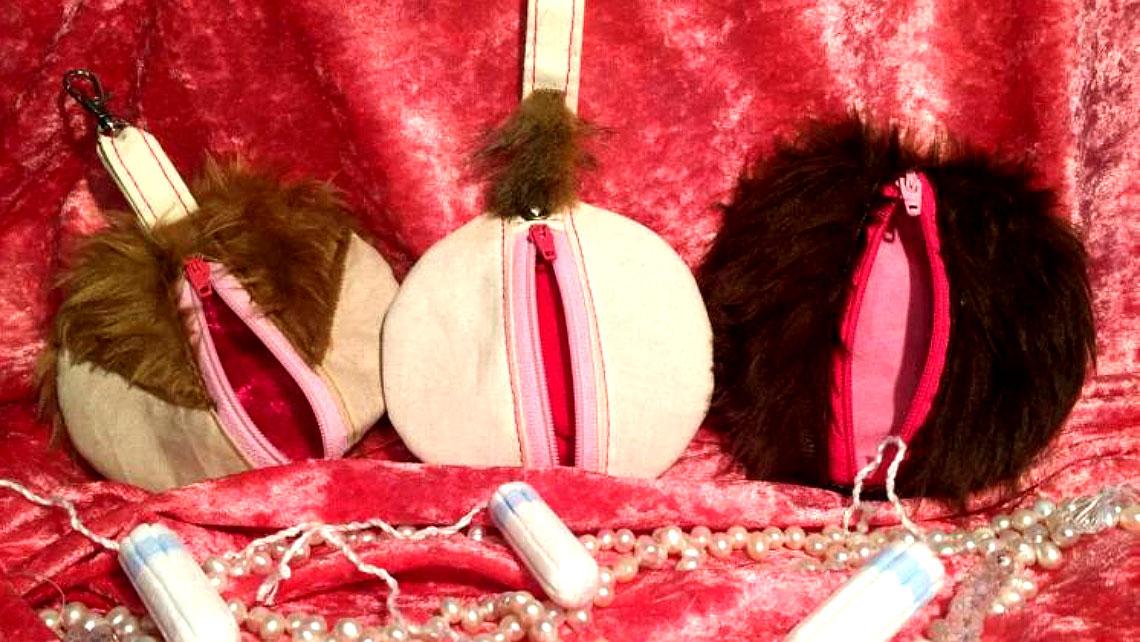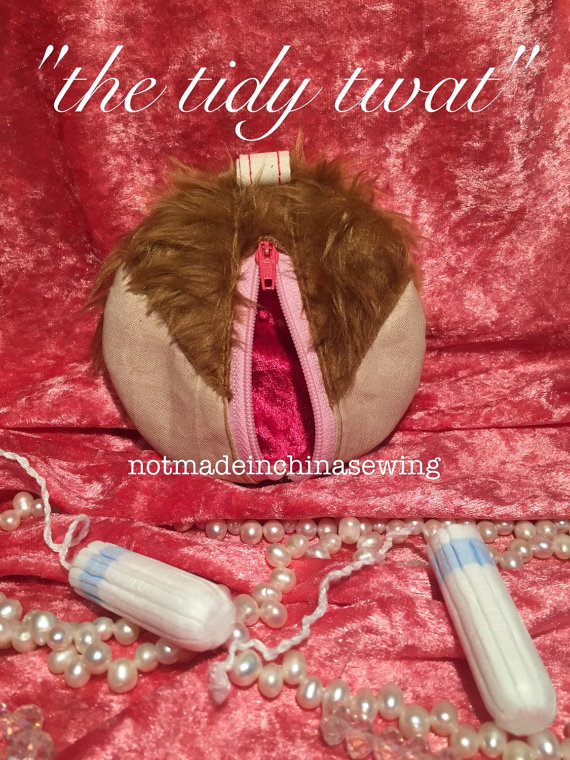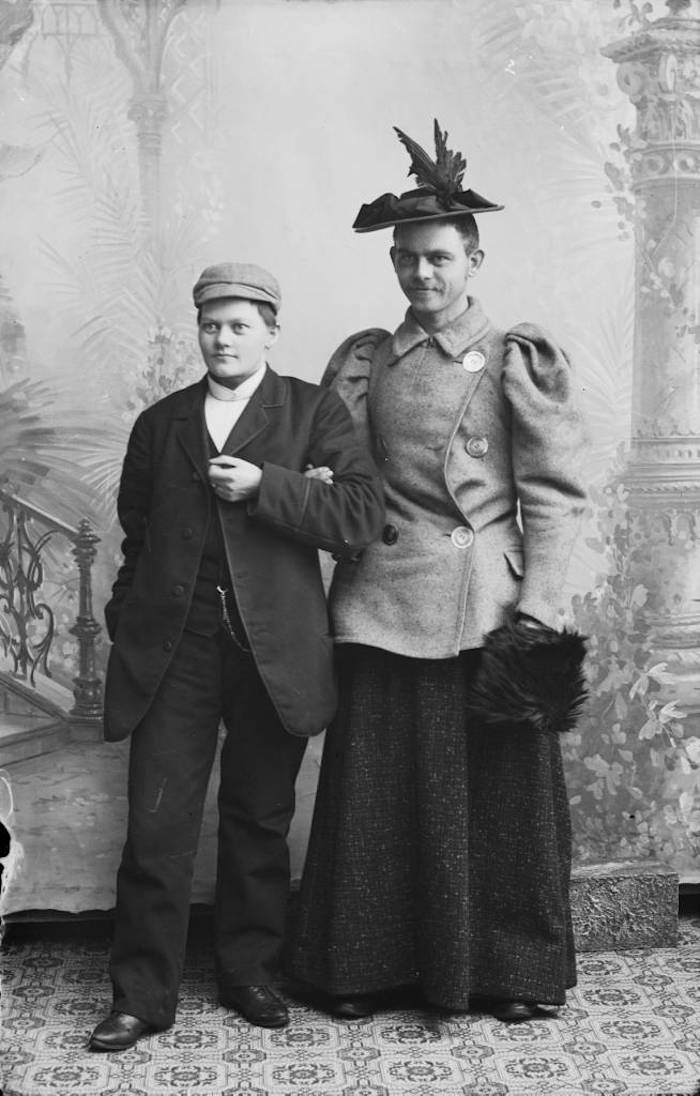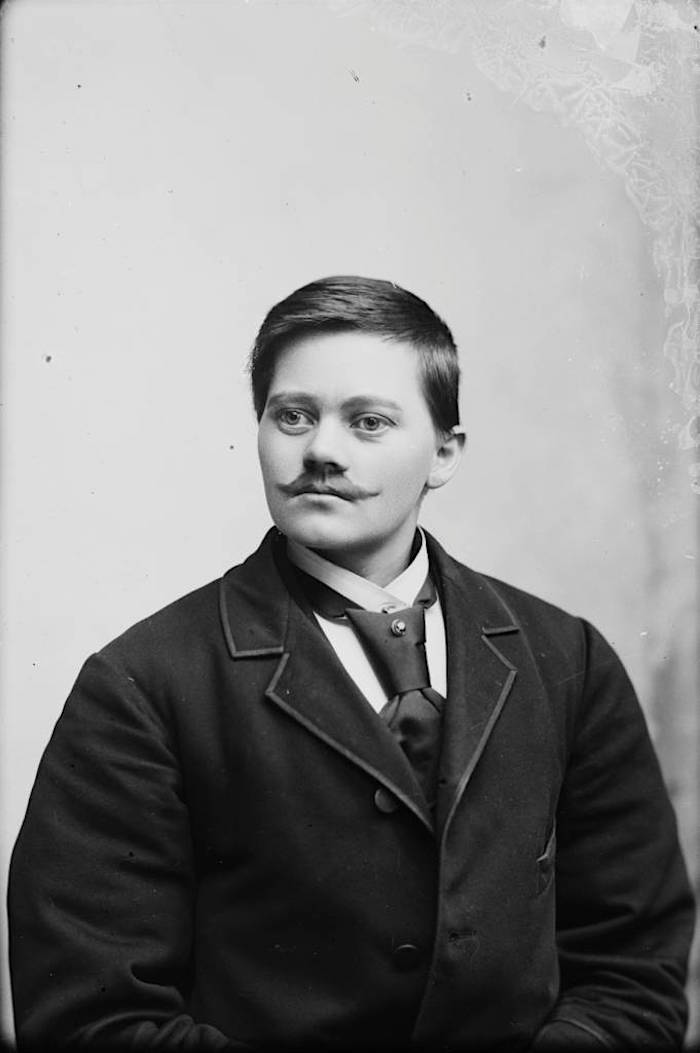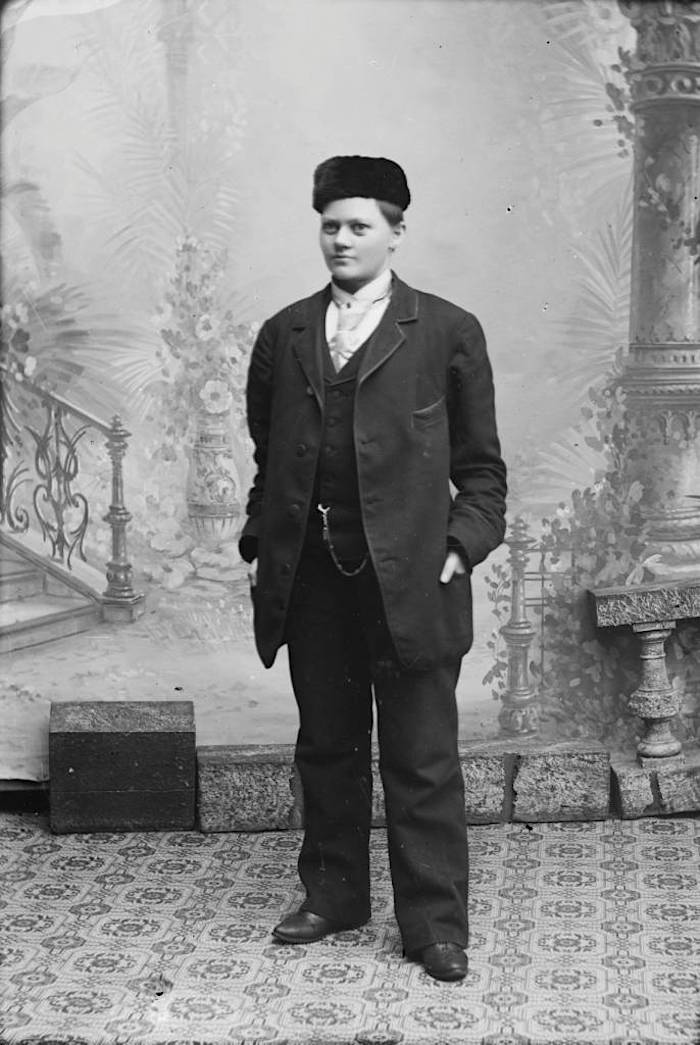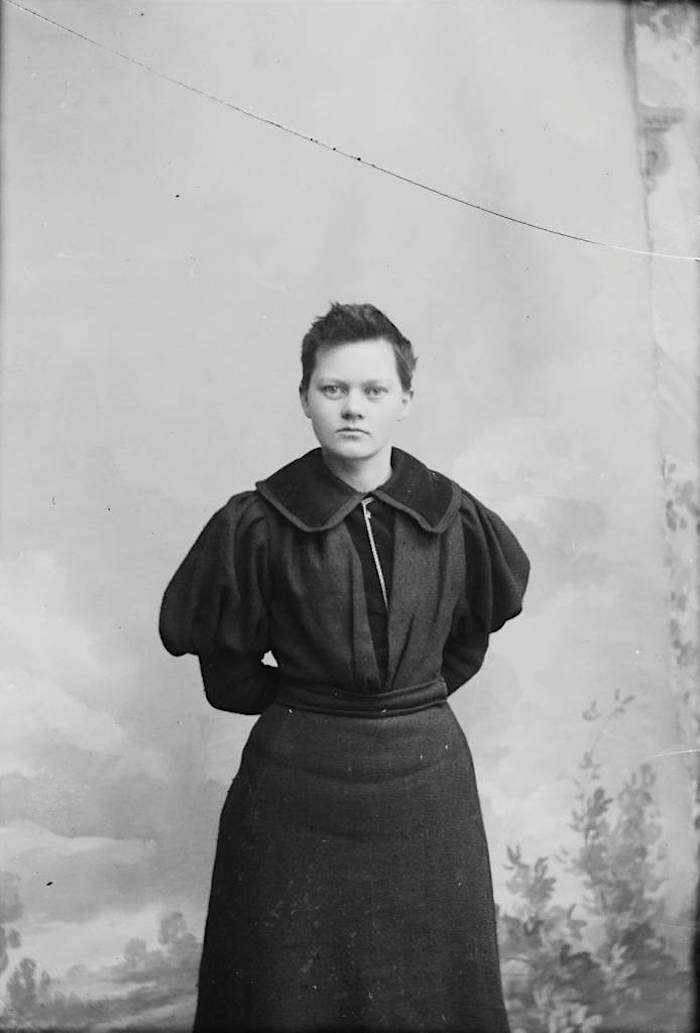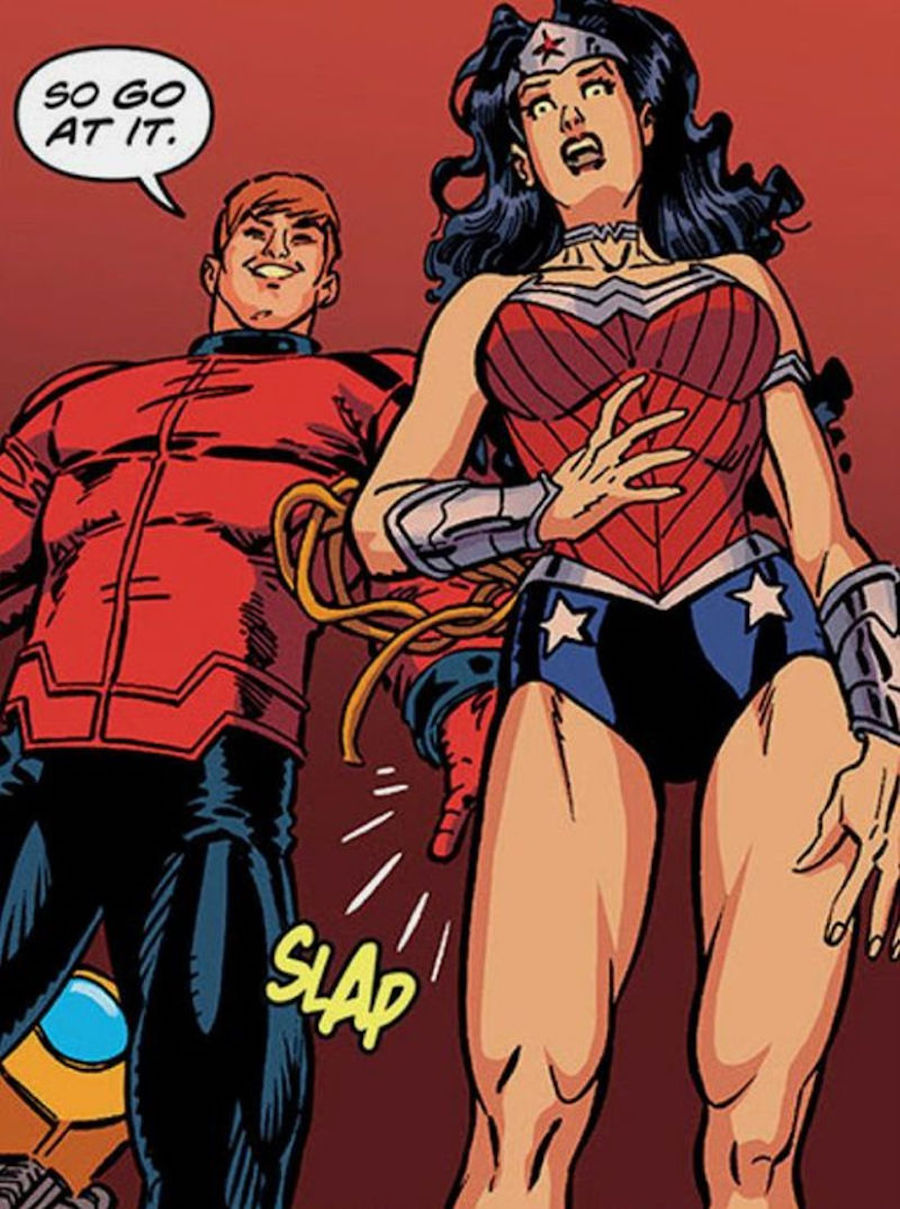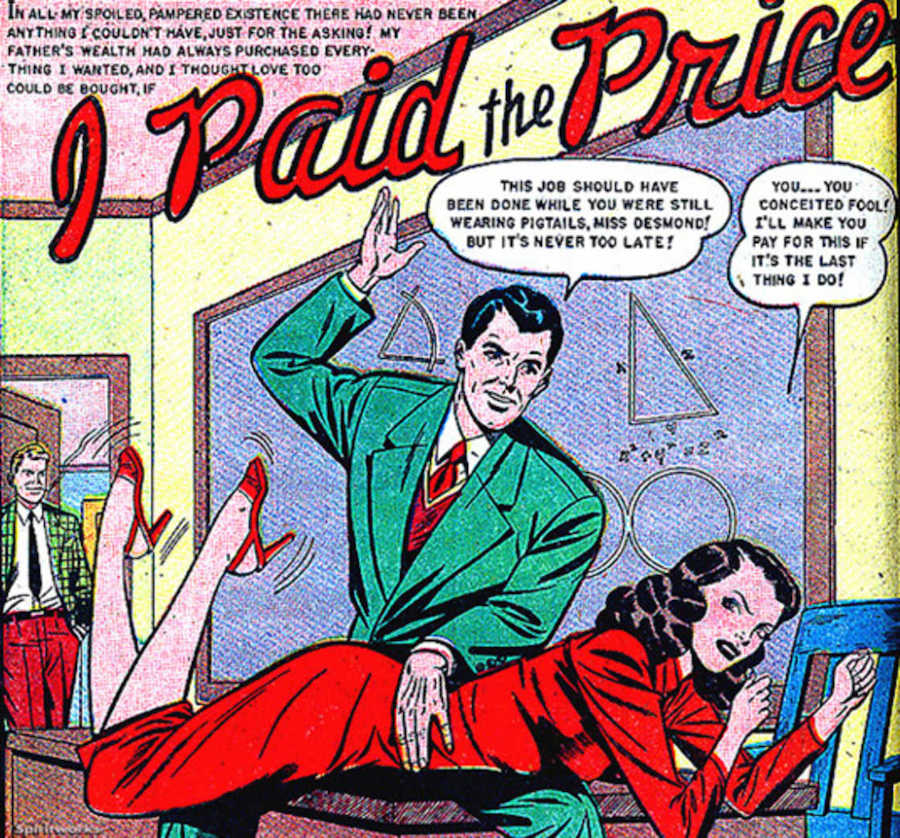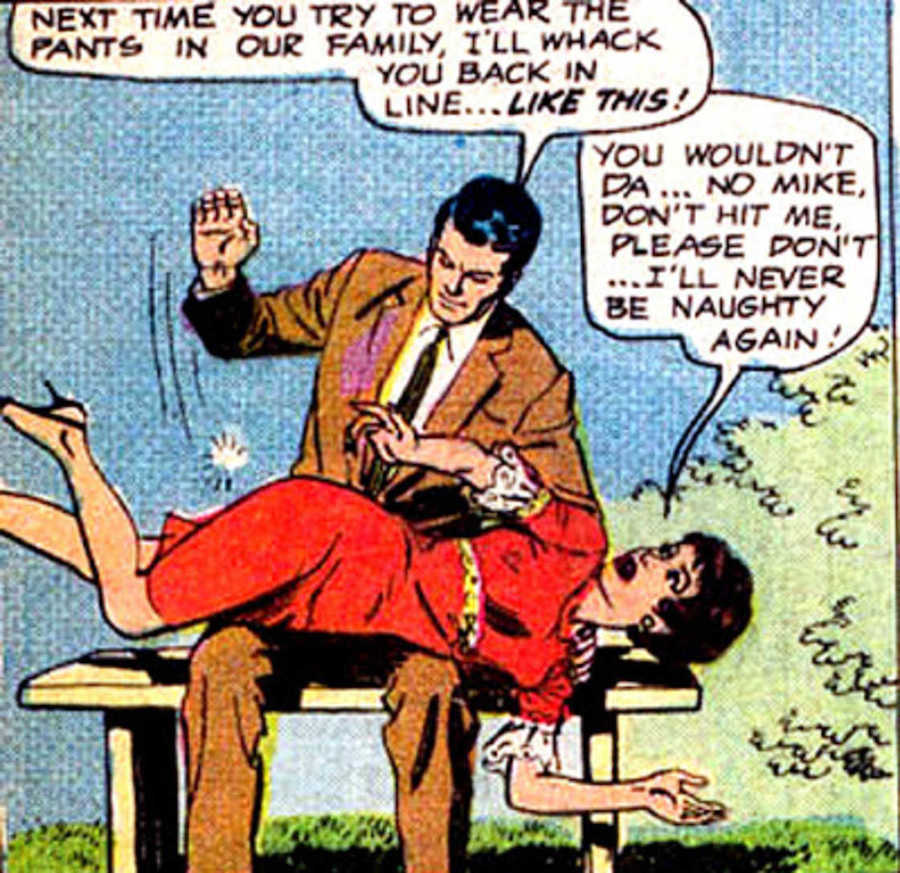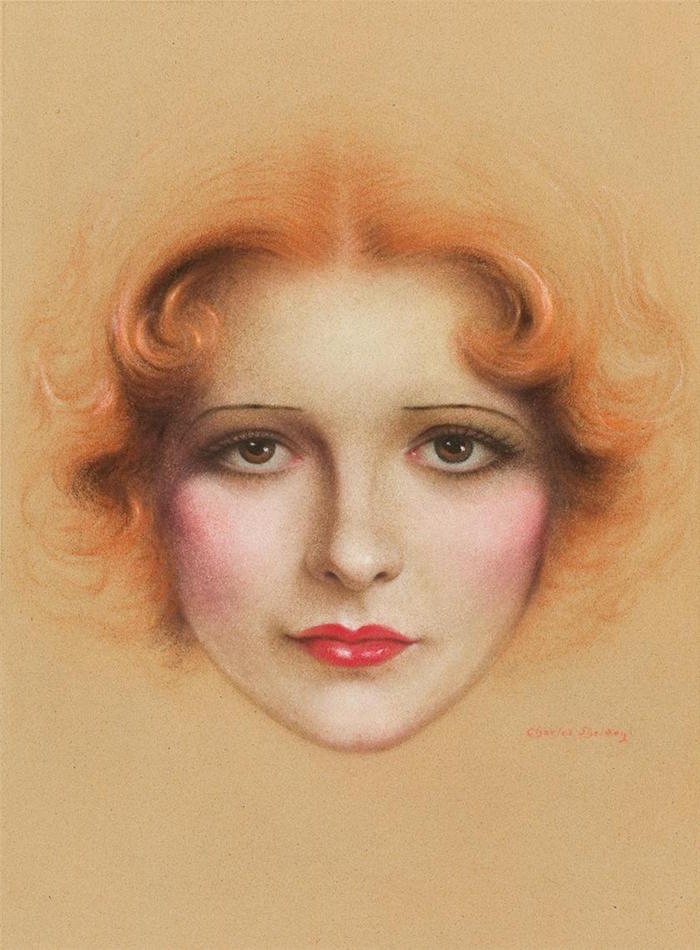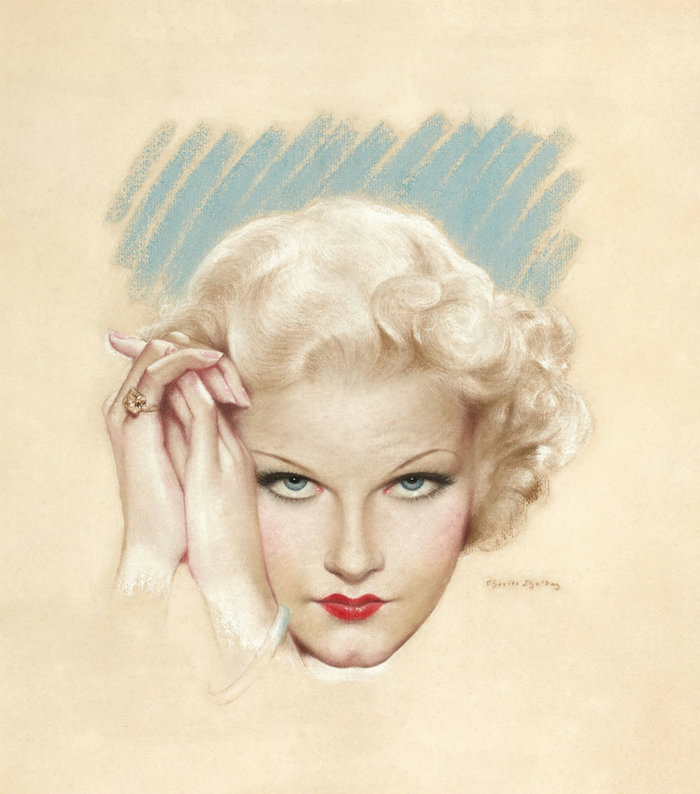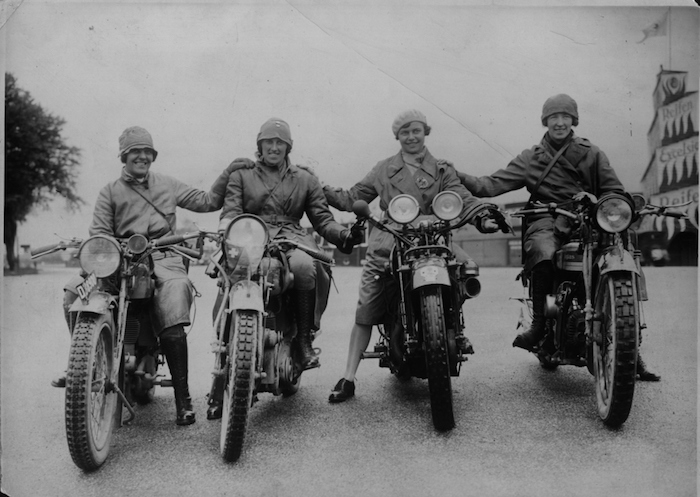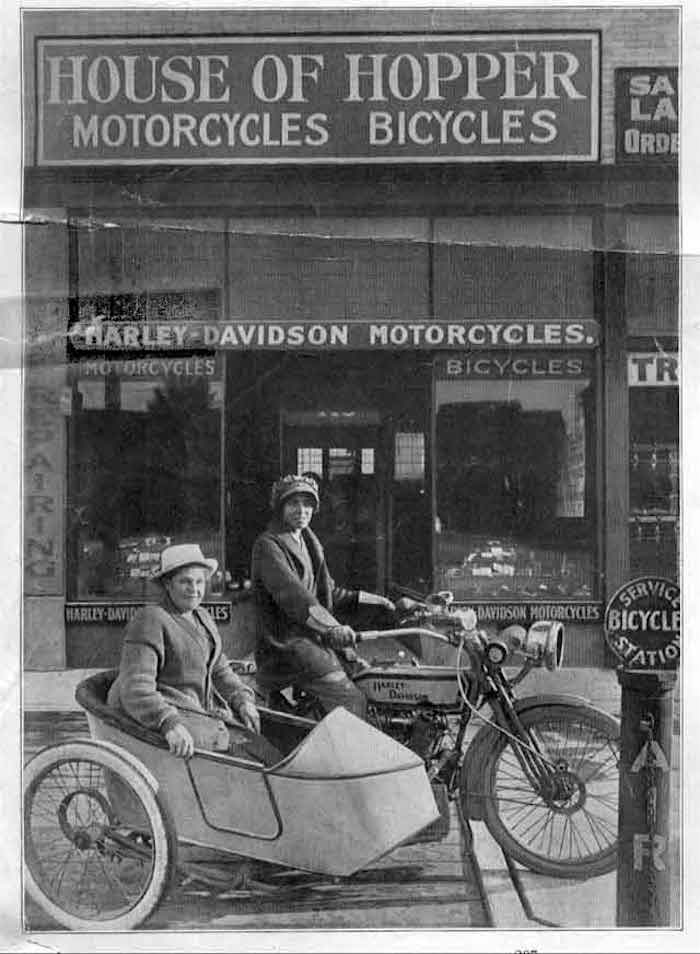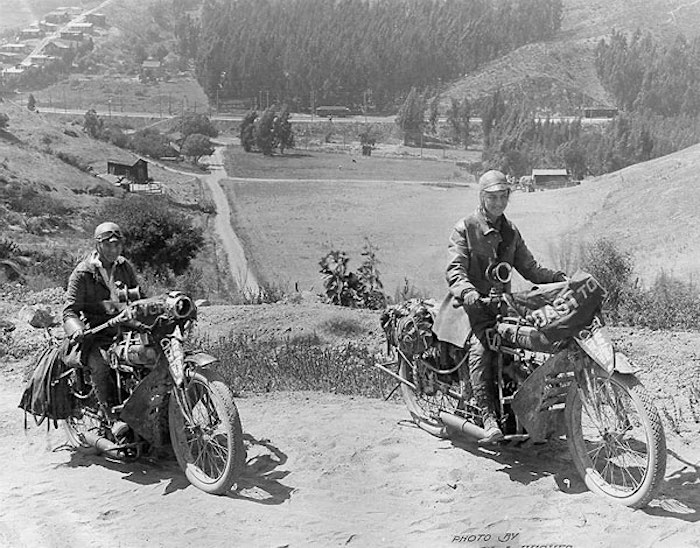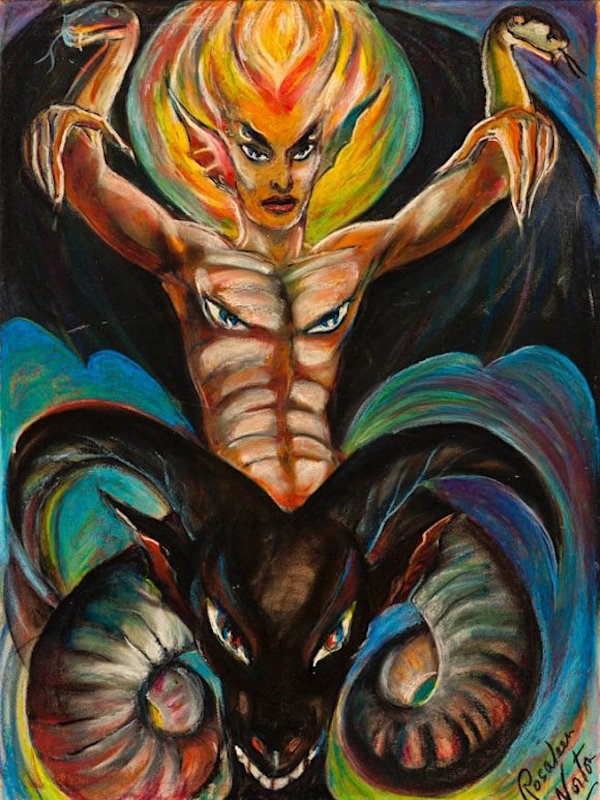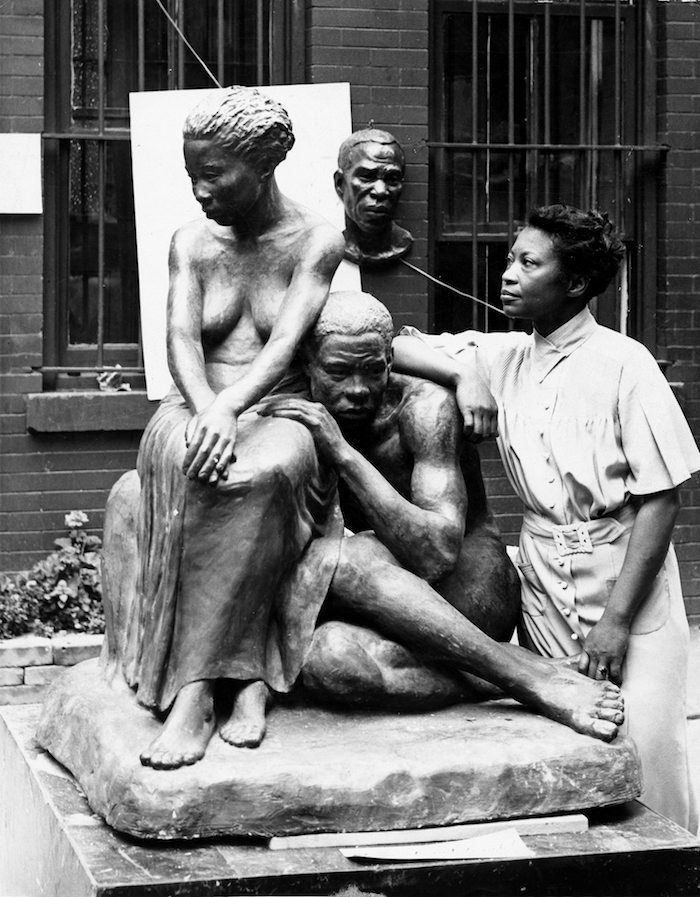
The African-American artist Augusta Savage was born in Florida during a leap year on February 29, 1892. Her earliest memories were of the heavy rains and making ducks and chickens from the wet red clay out in the yard. She decided early to become an artist but her father, a strict Methodist minister, tried to whip this dream out of her. He sometimes beat her four or five times a week. It didn’t work. Augusta was determined to go her own way.
The options for most poor girls at the turn of the last century was go to work, get married and have kids. Augusta married at the age of fifteen in 1907 and gave birth to her only child, Irene, a year later. Not long after this, her husband died. Augusta then got hitched to a carpenter by the name of James Savage. The marriage lasted until the early 1920s when the couple divorced. Augusta liked the surname so decided to keep it.
With marriage and a baby to look after, Savage didn’t manage take up sculpting again until 1919 when a local sculptor gave her some clay. She knew she had talent but how much she wasn’t sure. Her talent was decidedly confirmed when she entered a couple of her latest sculptures into a local fair. She won top prize. This was just enough encouragement for Augusta. She gave her daughter over to the temporary care of her parents and headed off to New York to enrol as a student at the Cooper Union School of Art.
To her tutors it became quickly apparent that Savage was an exceptional talent. She passed her four year arts course with flying colors in a speedy three. But not everyone was impressed with this bright and talented young woman.
In 1923, Savage won a place among one hundred other American students to travel to Fontainbleau, France for a summer arts program. Arriving at the venue just outside Paris, Augusta was barred from entry and ejected off the course by the French organizers on grounds of her color. But other people’s racism and stupidity was never going to stop Augusta.
She returned to New York where she soon set-up a studio in Harlem. Augusta established herself as a portrait sculptor seeking commission from well-to-do African-American families to produce busts. It was during this time that Augusta produced one of her most famous and celebrated works Gamin.
In 1929, Augusta Savage won another fellowship to study in Paris. This time there was no institutionalized racism standing in her way and all went well. It led to a second fellowship the following year. But upon her return to America in the early thirties, she found the country devastated by the Wall St. Crash and the ensuing Great Depression. No one wanted portrait busts or civic sculptures. Undeterred, Augusta opened the Savage Studio of Arts and Crafts in Harlem 1932, where she taught art to young kids in the neighborhood.
Success followed in 1934, when Augusta became the first African-American to be elected to the National Association of Women Painters and Sculptors. Three years later, she became the first director of the Harlem Community Art Center—which played a crucial role in the lives of many black artists.
Yet, Augusta Savage’s life always seemed shadowed by obstacle and opposition. The height of her greatest sculptural achievement came when she was asked to create a large sculpture for New York’s World Fair in 1939. Augusta produced a work called The Harp. It took her two years to develop and create. This massive piece of sculpture was inspired by the poem Lift Every Voice and Sing by James Weldon Johnson. The poem was written in response to “a group of young men in Jacksonville, Florida, [who] arranged to celebrate Lincoln’s birthday in 1900.”
Lift every voice and sing
Till earth and heaven ring,
Ring with the harmonies of Liberty;
Let our rejoicing rise
High as the listening skies,
Let it resound loud as the rolling sea.
Sing a song full of the faith that the dark past has taught us,
Sing a song full of the hope that the present has brought us.
Facing the rising sun of our new day begun,
Let us march on till victory is won.
Augusta’s statue featured twelve black singers rising up from the palm of God forming the shape of a harp. It was one of the main attractions at the fair. But when the show closed, no one was interested in helping Augusta keep the work or having it cast in bronze. The sculpture was smashed to pieces. It was a symbolic finale to Augusta’s career. On returning to Harlem, she found her position at the Community Arts Center had been taken by someone else. Things began to fall apart—more so after America entered the Second World War in 1941. Thereafter, nearly everything Augusta attempted failed. She moved to Saugerties, in the Catskill Mountains and started producing smaller works. But something had been lost. Something that had once been so powerful and resilient had been destroyed.
Augusta Savage produced less and less work. Most of her original work had been lost or destroyed. By the time of her death in 1962, Augusta Savage was tragically relatively forgotten
I have created nothing really beautiful, really lasting, but if I can inspire one of these youngsters to develop the talent I know they possess, then my monument will be in their work.
I don’t know if Augusta celebrated her birthday every four years or shifted around between the 28th Feb. and first of March, but as this is the last day in February maybe we should celebrate Augusta Savage who was truly one of the most significant American sculptors of the twentieth century.

Augusta in her studio.
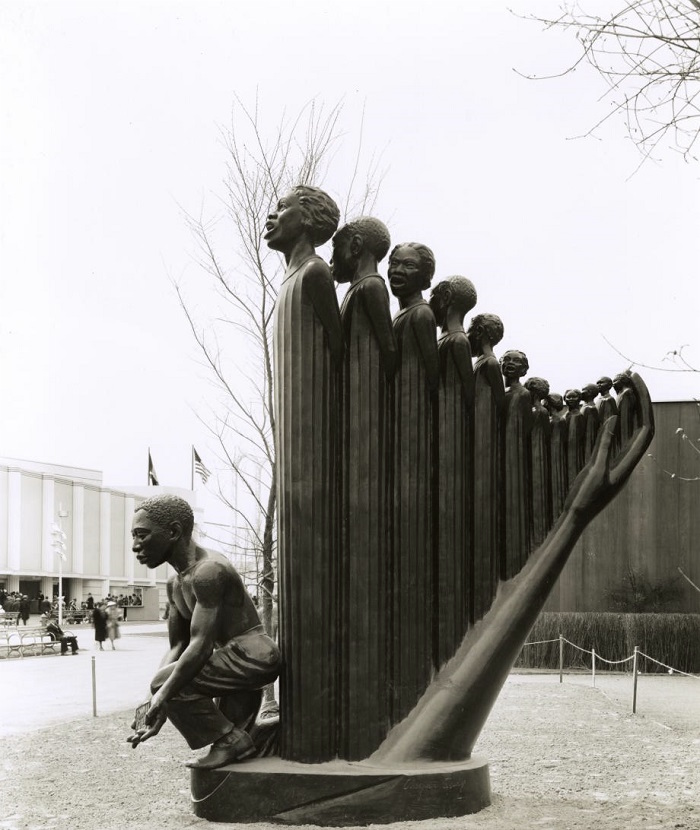
‘The Harp’ (1939).
Read more about Augusta Savage, and see more of her work, after the jump…

